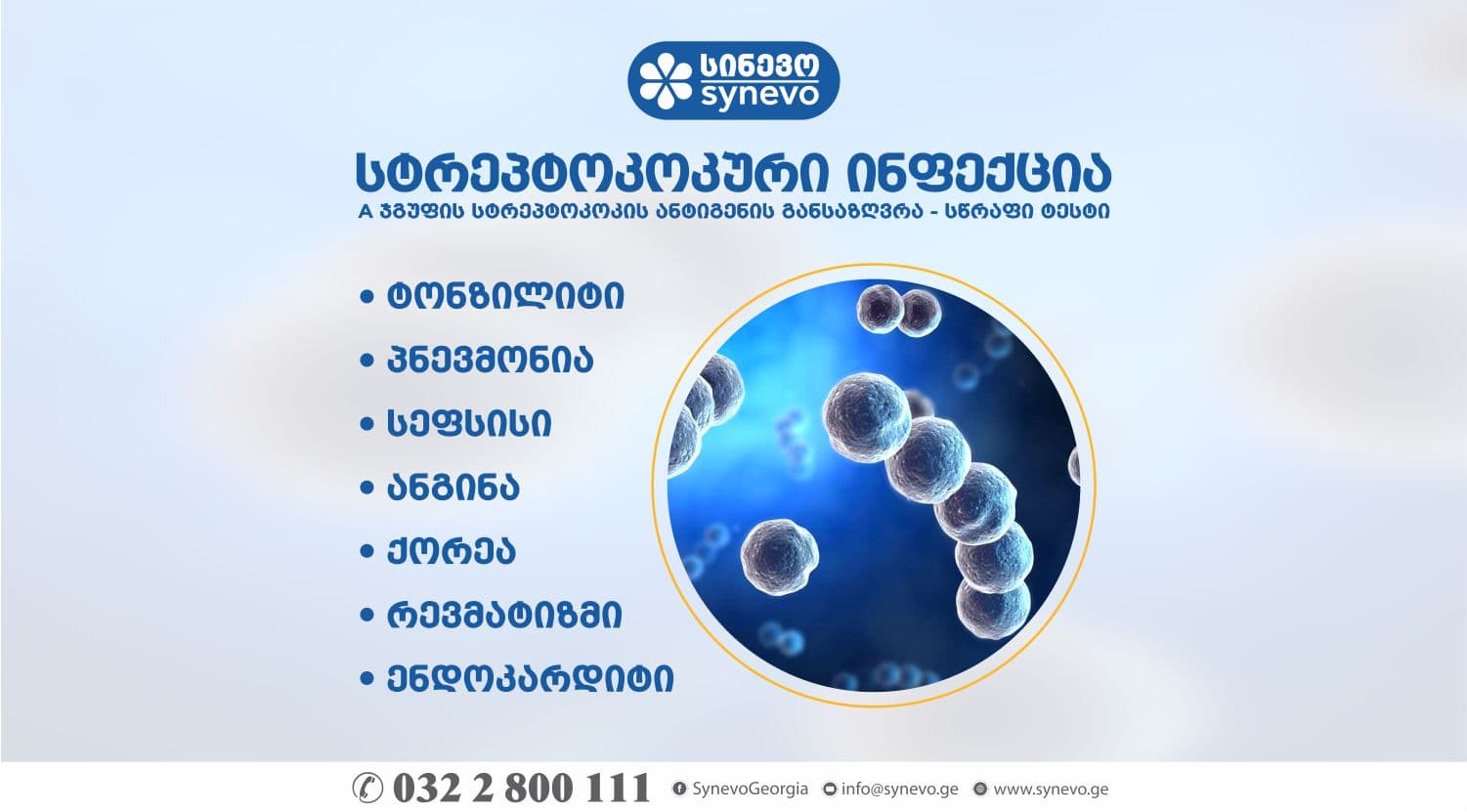
The site is temporarily down due to maintenance. Sorry for the inconvenience.
The site is temporarily down due to maintenance. Sorry for the inconvenience.
The site is temporarily down due to maintenance. Sorry for the inconvenience.
The site is temporarily down due to maintenance. Sorry for the inconvenience.
Quality & Accuracy
Experience
The latest technologies
Speed &
Credibility
₾115.00
Porphyrins are cyclic compounds, also involved in the formation of hemoglobin and other hemoproteins (blood proteins) and are involved in the process of oxygen transport.
Porphyrias belong to a group of diseases, the cause of which is a deficiency of enzymes at the stage of heme formation. (Heme is an iron-containing pigment, the precursor of hemoglobin). Deficiency of the enzyme leads to the accumulation of porphyrins and its precursor compounds in the blood, which is followed by the manifestation of the corresponding symptom complex.
Accumulation of porphobilinogen and aminolevulenic acid (porphyrin precursors) causes acute abdominal pain and neuropsychiatric symptoms.
Accumulation of porphyrin (without accumulation of precursors) leads to increased sensitivity to light.
Enzyme deficiency can be genetic (inherited) or acquired, which can be provoked by: alcohol intoxication, lead poisoning and others. Porphyrins accumulate in plasma, erythrocytes, urine and feces.
When is urine porphyrins determined?
- Screening for subcutaneous porphyria in patients with photosensitivity (increased sensitivity to light)
Porphyria subcutaneous is the most common form of porphyrin metabolism disorder. Genetic (congenital) cases account for only 20% and are caused by a deficiency of the enzyme uroporphyrinogen decarboxylase in the liver and other tissues.
This form of porphyria occurs predominantly in middle-aged men who consume alcohol, young women on oral contraceptives, and dialysis patients.
The acquired form of subcutaneous porphyria may develop as a result of cirrhosis of the liver, hepatoma (primary liver tumor) and also as a result of taking some chemical compounds.
- Screening for acute porphyrias (acute transient porphyria, hereditary coproporphyria, aminolevulinic acid dehydrase deficiency) in patients with acute abdominal pain and neuropsychiatric symptoms (muscular weakness, urinary retention, seizures, altered consciousness, hallucinations)
- Acute and chronic lead poisoning
Preparation of the patient - it is not recommended to drink alcohol and excess liquids before the study. For 2-4 weeks before the study of porphyrins in the urine, it is necessary to stop taking all medications that can affect the results of the study.
Research material: 24-hour urine. The urine released for the first time after waking up will not be stored, the patient collects 24-2 liters of urine during the remaining 3 hours. The collected volume should be diluted and a sample of approximately 10 ml should be taken in a urine container. The urine container should be wrapped in foil to avoid sunlight
Reference norms:
Total porphyrin: more than 2000 ng/24h.
During subcutaneous porphyria, there is a sharp increase in urinary porphyrin, a slight increase in coproporphyrin, and their ratio uroporphyrin/coproporphyrin exceeds >7.5. During the remission (recovery) phase, uroporphyrin levels return to normal.
In acute transient porphyria, excretion of porphyrins in the urine continues even after the acute phase has ended.
In genetic porphyria, the release of porphyrins continues for months after remission (recovery).
In congenital erythropoietic porphyria, very high levels of total porphyrins > 5000 ng are observed in 24-hour urine.
Conditions in which there is an increase in the number of porphyrins:
– Intoxication: with alcohol, halogenated organic compounds, heavy metals (especially lead)
- Liver diseases: hepatitis, cirrhosis, fatty liver, narcotic or alcoholic hepatopathies, hemochromatosis.
- Hematological disorders: hemolytic, sideroblastic, aplastic anemias, leukemias, hemopoiesis disorders
- Infectious diseases
- diabetes
- Iron metabolism disorders: hemosiderosis, hemochromatosis
- Hereditary hyperbilirubinemia: Dubin-Johnson syndrome, Rotor syndrome
- Malignant tumors: lymphogramulomatosis
- Myocardial infarction
- Side effects of medications: as a result of taking analgesics, sedatives, antibiotic sulfonylurea derivatives, estrogens, oral contraceptives, anesthetics.
Chronic lead poisoning often results in mild coproporphyrinuria (350-1500ng/24h in urine), while in acute poisoning total porphyrins reach 10000ng/24h in urine, 80% of which is coproporphyrin.
Other tests
Testing process
|
Purchase a test |
Submission of material |
|
Results Online |
Consult a doctor |

More than 1000 routine and complex/specific diagnostic tests in all major areas of clinical pathology.

48 laboratory centers in 25 cities of Georgia: Tbilisi, Rustavi, Kutaisi, Batumi, Marneuli, Telavi, Zugdidi, Zestafon, Gori, Kobuleti, Akhaltsikhe, Khashuri, Sartichala, Kazbegi, Borjomi, Samtredia, Gurjaani, Lagodekhi, Akhmeta, Ozurgeti, Poti, Chiatura , Dusheti, Kareli, New Gudauri.

Use the Synevo web platform to view results from anywhere and anytime
Use the Synevo web platform to view results from anywhere, anytime
From Monday to Saturday you can use the laboratory services at home.
☎️ Hotline: 239 38 33 or 239 40 65
577293008 (9:00-დან 17:00-მდე)
30 laboratory centers in 11 cities of Georgia: Tbilisi, Kutaisi, Batumi, Kobuleti, Zugdidi, Zestaponi, Rustavi, Marneuli, Akhaltsikhe, Telavi, Gori.
More than 3000 routine and complex / specific diagnostic tests in all major areas of clinical pathology.

"Synevo" - Providing a wide range of diagnostic services in Georgia, offering more than 1,000 routine and specific diagnostic tests in all major areas of clinical pathology. By the end of 2023, the Synevo Georgia network will include 3 clinical laboratories and 47 blood sampling units, which will perform more than 300,000 tests.
Contact information
Address: Tsinandali St. N9 (N1 Clinical Hospital area)
2021 – 2023 © Synevo. all rights reserved